It feels like forever since I was focused on my own diamond hunt, but yes I'm back with new updates for collective interpretation lol
Ok so that third diamond came in, I brought my new IdealScope along to the viewing, and I took the following image:
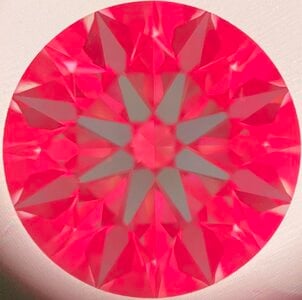
The only problem(?) is that the contrast is showing up as grey as opposed to black, so it's a little more difficult to discern/distinguish from the surrounding red, and under the table I can't tell whether those off-red slivers are off-red minor leakage or off-red dynamic contrast.
And maybe no one will be able to tell.. but I welcome your thoughts!
To reiterate the specs, they're located HERE
I'm not looking for H&A perfection either by any stretch, but here's a shot of those aspects as well just to see if they help in expert interpretation (yup I'm looking at you Sledge!!)
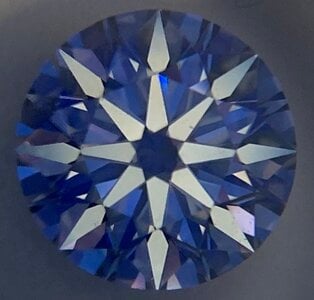
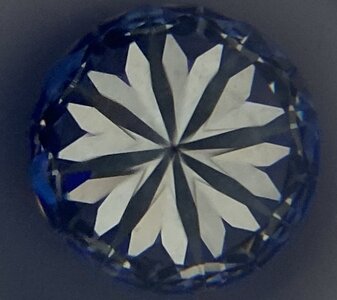
The arrows we already knew what they looked like... the hearts run into their corresponding 'darts.' Not sure the extent to which not having the stone flat/centered optically might have contributed to this effect, but I'm taking it at face value. If we can relate it back to hints on light performance, so much the better!
Ok so that third diamond came in, I brought my new IdealScope along to the viewing, and I took the following image:

The only problem(?) is that the contrast is showing up as grey as opposed to black, so it's a little more difficult to discern/distinguish from the surrounding red, and under the table I can't tell whether those off-red slivers are off-red minor leakage or off-red dynamic contrast.
And maybe no one will be able to tell.. but I welcome your thoughts!
To reiterate the specs, they're located HERE
I'm not looking for H&A perfection either by any stretch, but here's a shot of those aspects as well just to see if they help in expert interpretation (yup I'm looking at you Sledge!!)


The arrows we already knew what they looked like... the hearts run into their corresponding 'darts.' Not sure the extent to which not having the stone flat/centered optically might have contributed to this effect, but I'm taking it at face value. If we can relate it back to hints on light performance, so much the better!
Last edited:

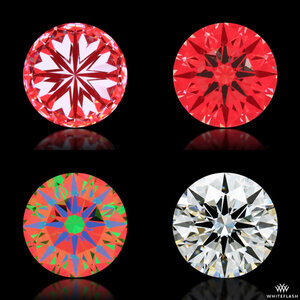
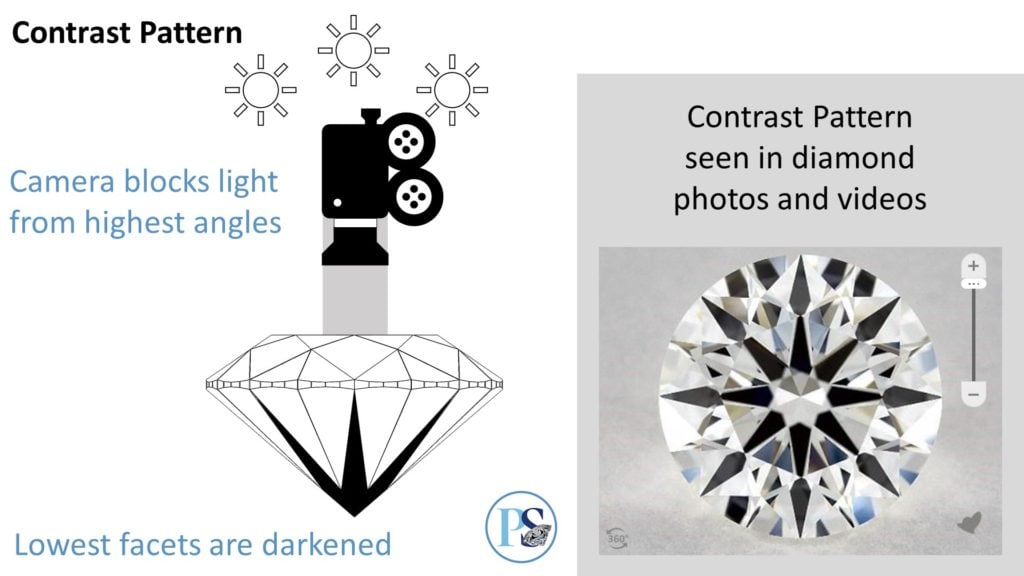
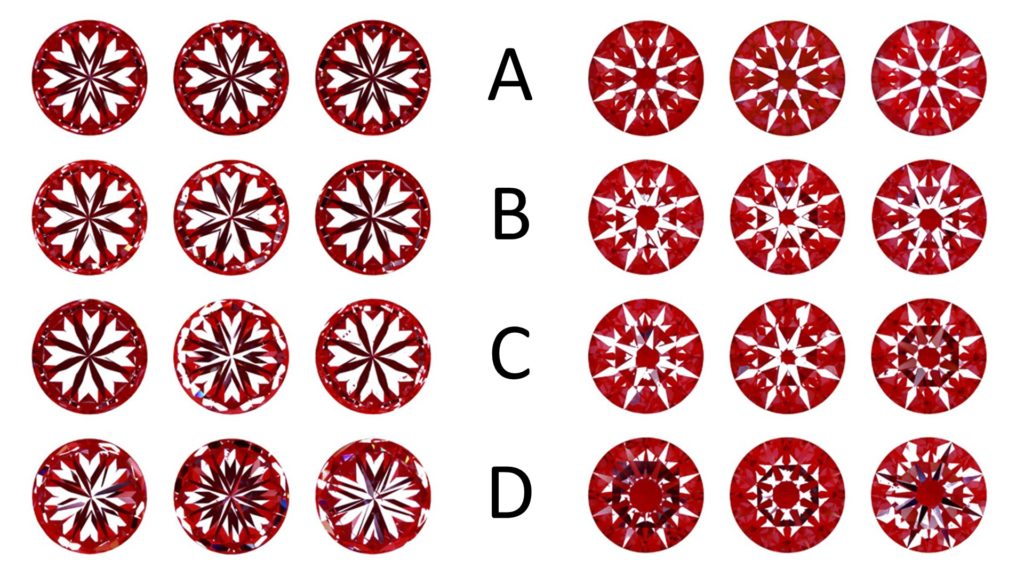
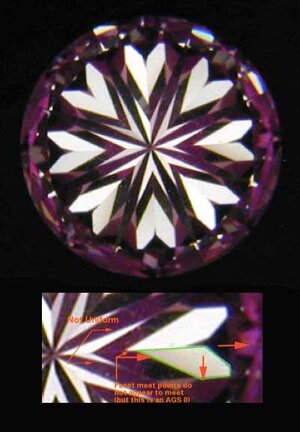
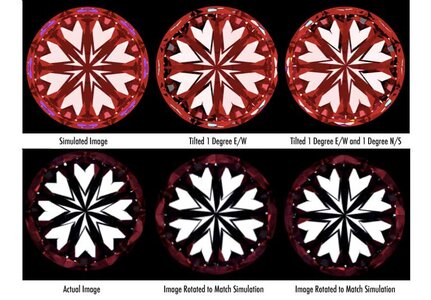
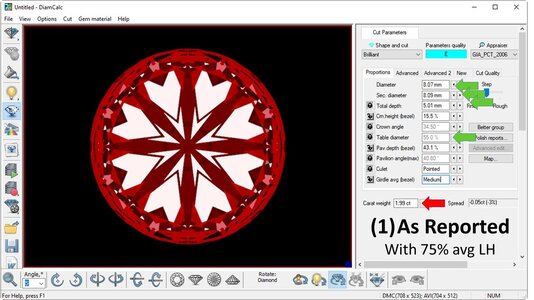
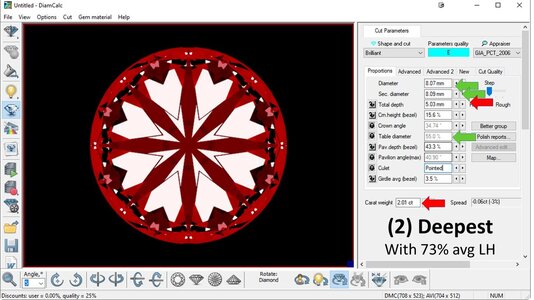
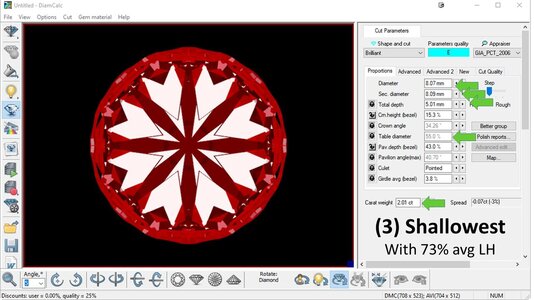


300x240.png)